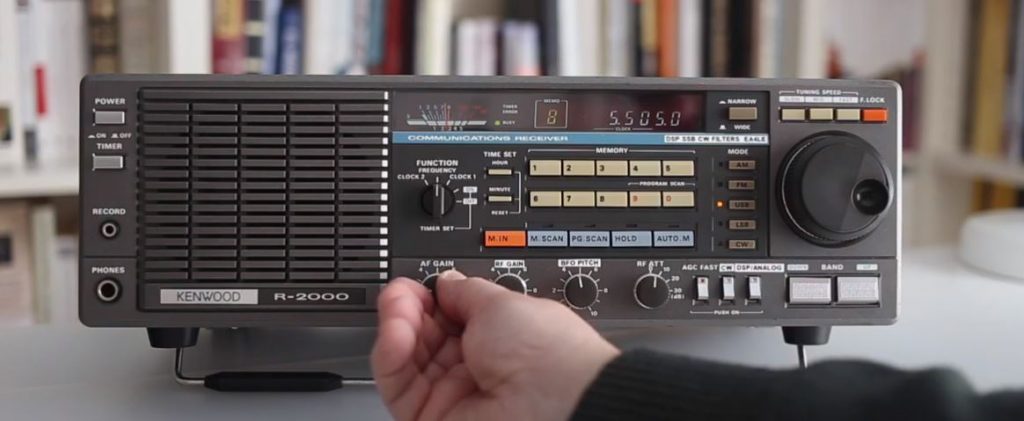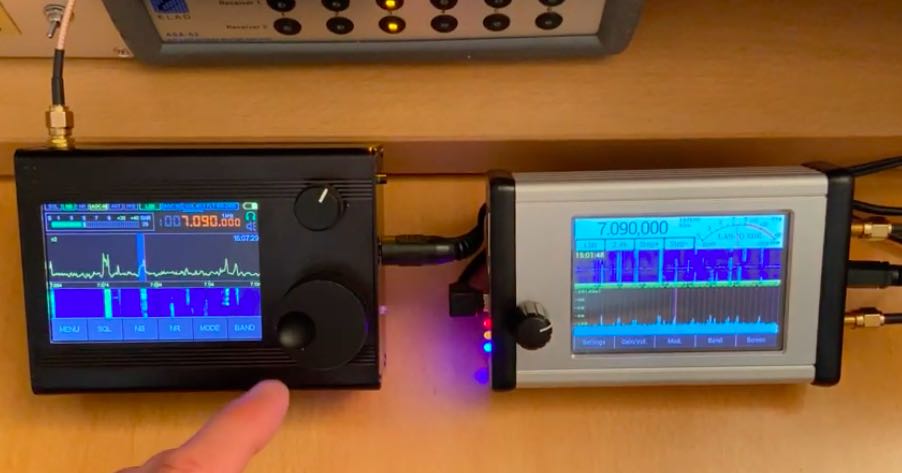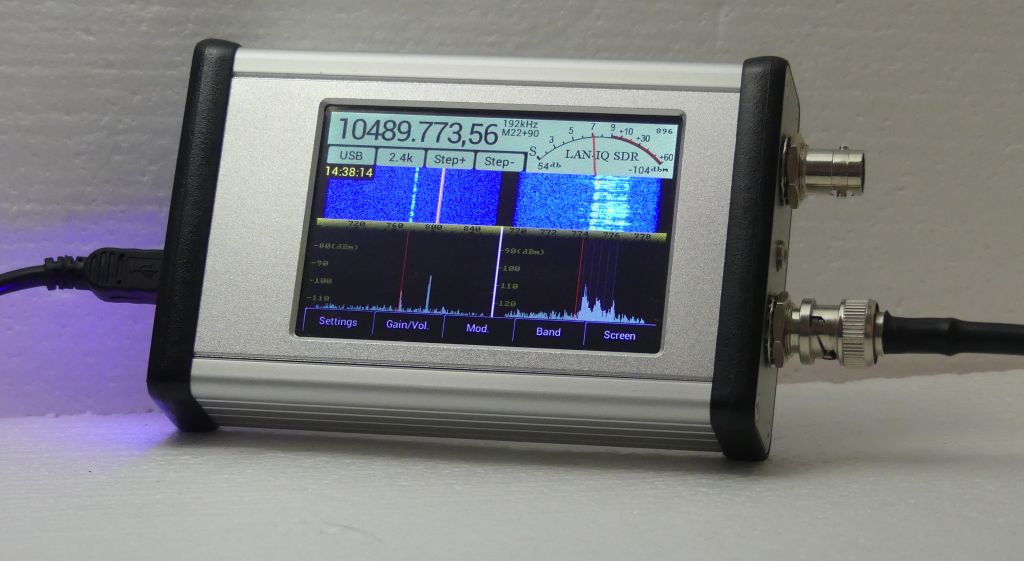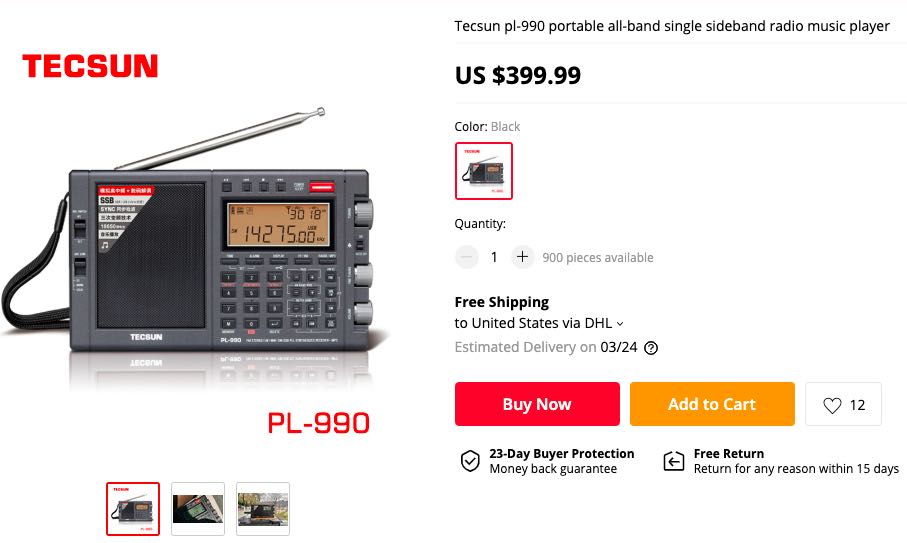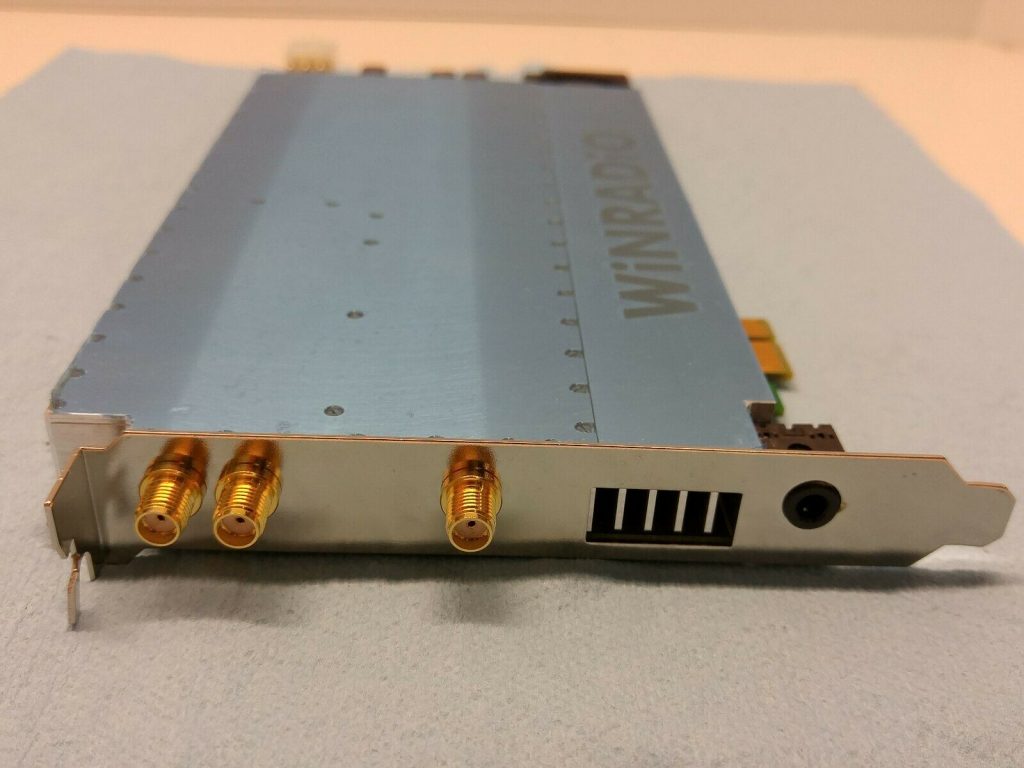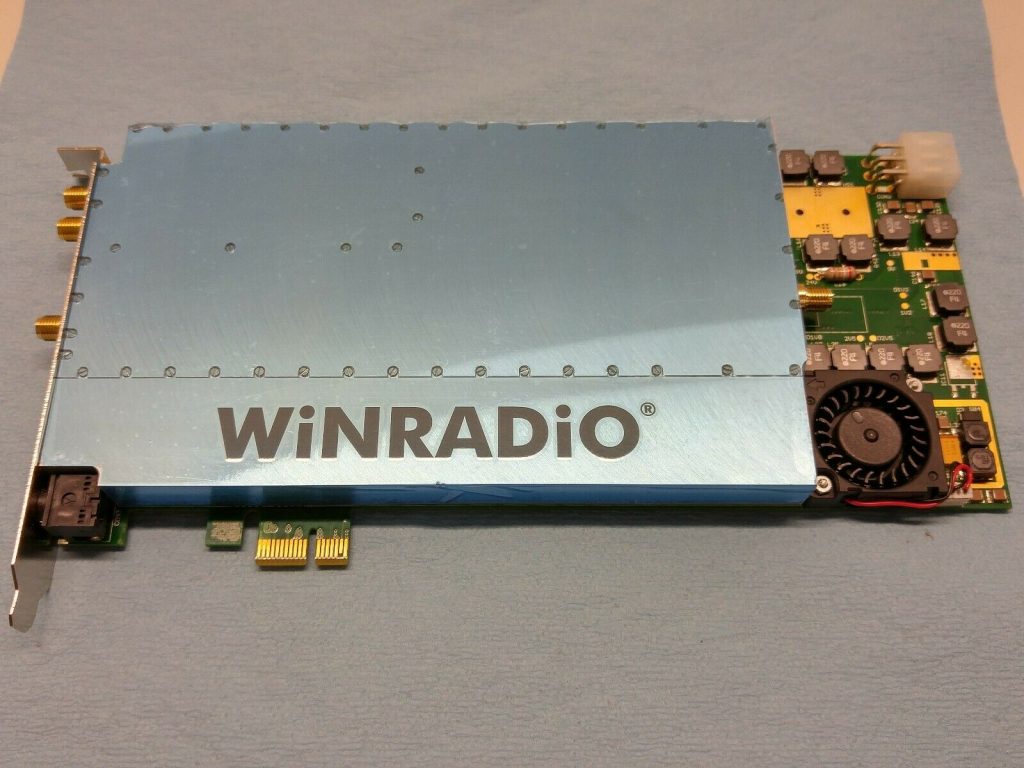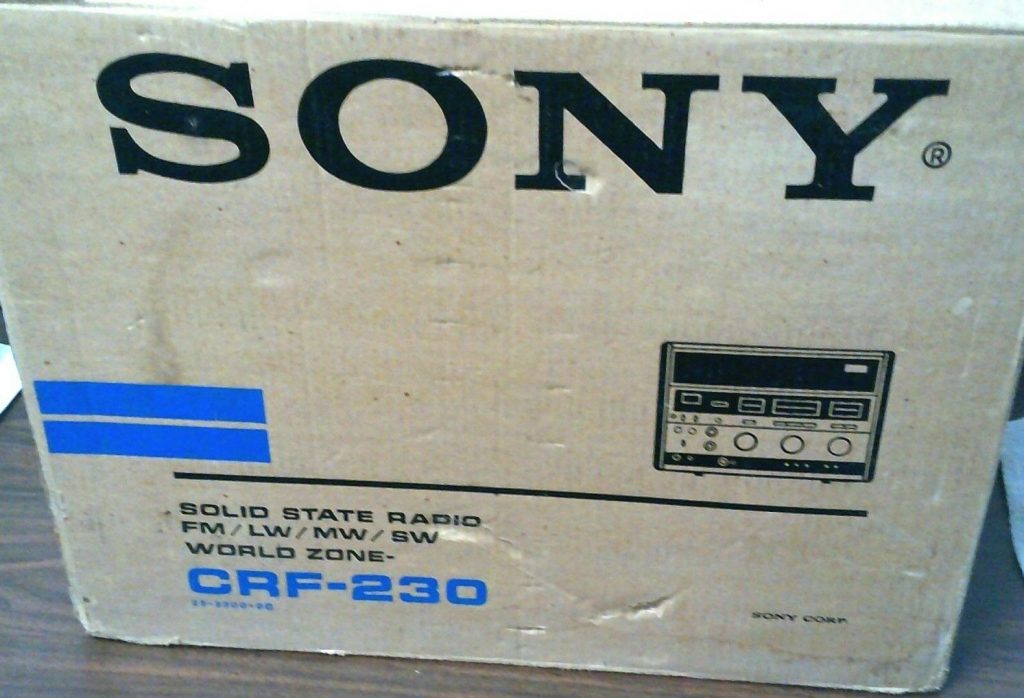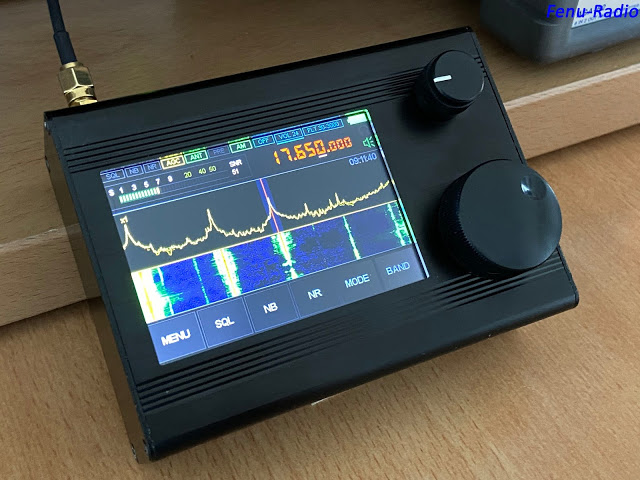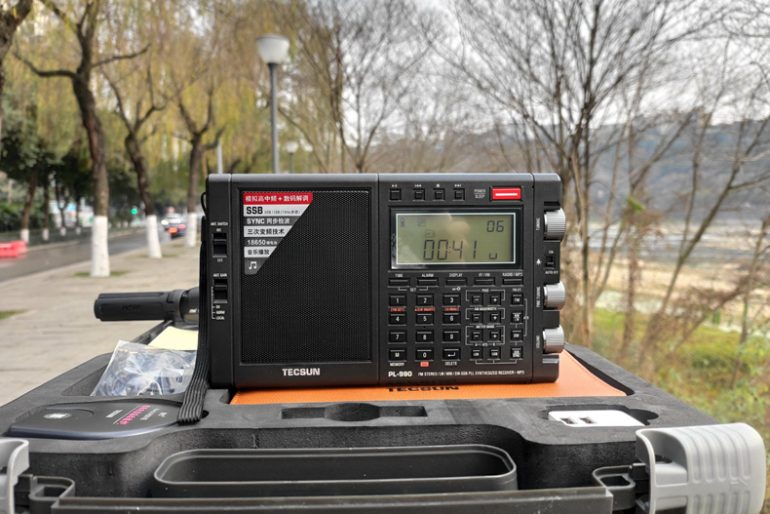
The Tecsun PL-990
As I suspected, it appears the Tecsun PL-990 batch that showed up recently on AliExpress for $399 each are the preliminary pilot run units that Tecsun offered in China last year. The final export version of the PL-990 is not ready for production yet and has been severely delayed by Covid-19 quarantines.
Anna at Anon-Co reports that Tecsun factories have been closed since mid-January 2020 and have only recently recommenced production, “but at a very slow pace.”
Since there will eventually be two different versions of the Tecsun PL-990 in the wild–the pilot run for China, and the finalized export version–I thought I’d share a trick Anna has described to tell the difference between the two.
Anna notes:
One way to easily see this is from the labels for the buttons above the keypad, these should be
[ TIME ], [ TIMER A ], and [ TIMER B ] (see picture below)
Tecsun PL-990 Final Export Version:
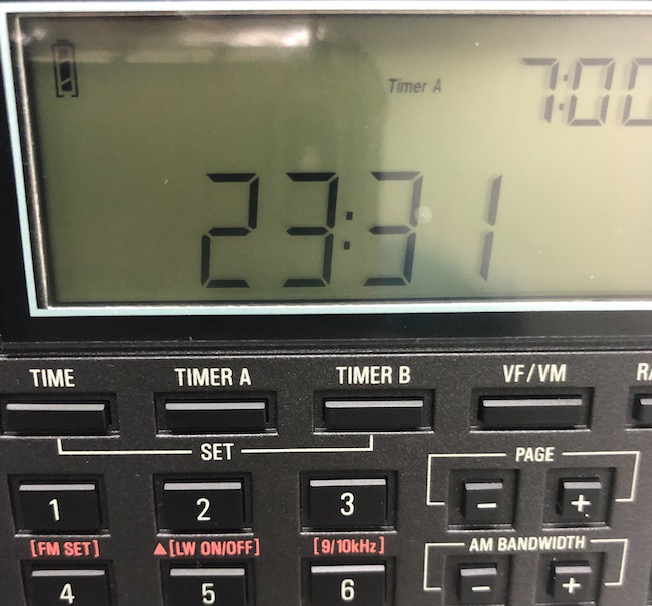
Tecsun PL-990 Final Export Version
Pilot Tecsun PL-990 (preliminary China domestic version):
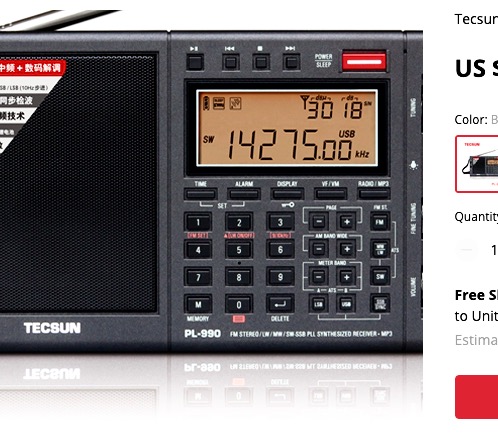
Preliminary Pilot Tecsun PL-990 distributed in China — image from AliExpress.
Anna adds:
I highly recommend [no one] buy these pilot versions, because the software on those devices is also not developed.
There still isn’t a final version or any price indication available yet, but it will definitely not be US$399.99.
So in case it’s not clear: don’t purchase a PL-990 until you can confirm you’re receiving a final export version which has the TIME, TIMER A, and TIMER B labels.
Again, at time of posting, the final PL-990 export version is not yet in production.
When the final export PL-990 is available, I will announce it here on the SWLing Post with links to authorized retailers like Anon-Co.
Patreon Code
Do you enjoy the SWLing Post?
Please consider supporting us via Patreon or our Coffee Fund!
Your support makes articles like this one possible. Thank you!


